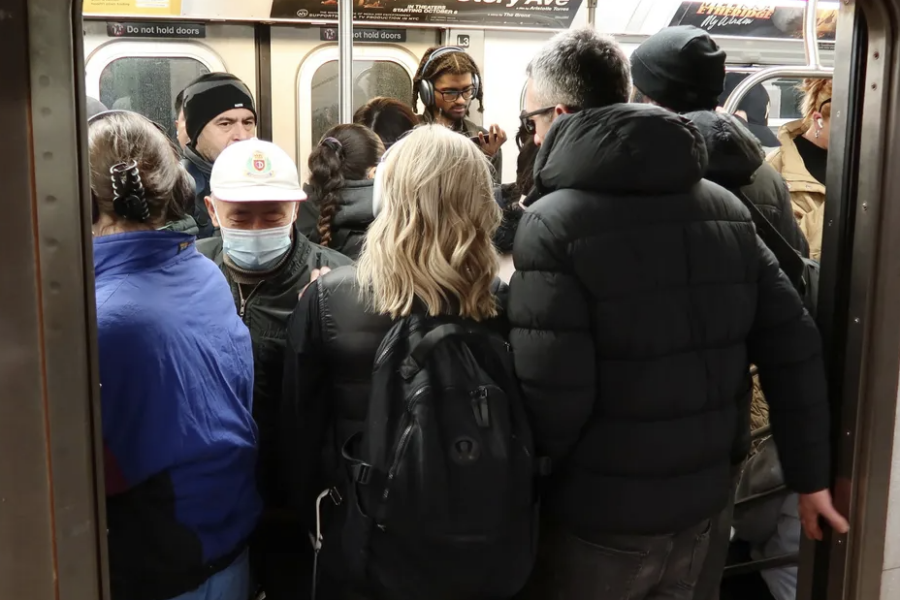NYT Welcome to sick season. According to the CDC, New York City — along with New Jersey and at least 16 other states — is now experiencing “high” to “very high” levels of respiratory-illness activity as measured by the number of weekly visits to health-care providers and emergency rooms by people having symptoms of fever, cough, and sore throat. The culprits are the usual suspects: this year’s strains of influenza, COVID, and RSV. And though flulike-illness levels have been above baseline nationally for several consecutive weeks, the CDC warns that we still haven’t hit the peak.
As CNN notes, COVID wastewater levels have been steadily rising across the country:
Nationally, viral activity for Covid-19 detected in wastewater — a leading indicator of transmission — is high and rising quickly. Levels are highest in the Midwest, where wastewater data from the CDC indicates Covid-19 is spreading more than it has since the Omicron wave two years ago. There are signs that RSV activity has reached its peak in the US, as test positivity rates and emergency department visits have started to tick down. But RSV hospitalization rates are still higher than they’ve been at any point for the past five years, except for last season’s peak.
According to the CDC’s Nowcast tracker, a new COVID variant, JN.1, has been rapidly gaining ground in the U.S. It was estimated to make up more than 21 percent of coronavirus cases nationwide for the week ending December 8, up from an average of 3.5 percent of cases a month beforehand. JN.1 is a faster-rising descendant of the highly mutated BA.2.86 variant. Early data indicates that current COVID vaccines remain effective against the new variant, but slightly less so. The CDC isn’t yet sure if JN.1 is driving an uptick in cases but had said that it does not appear the variant causes more severe illness than other strains.
